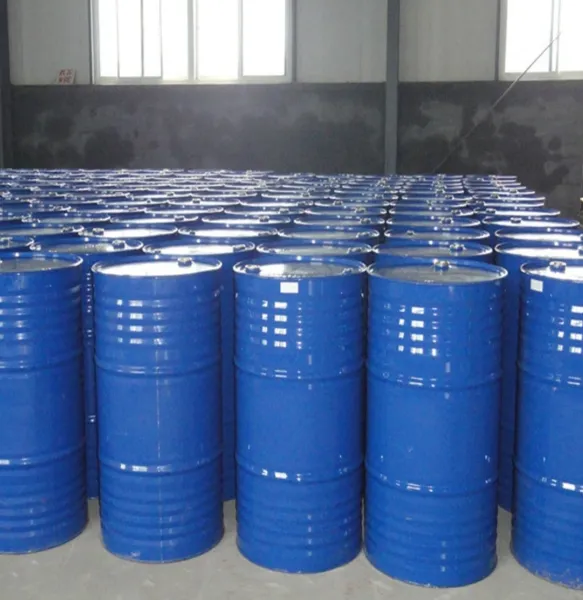 Email: sale@hebeidisha.com
Email: sale@hebeidisha.com
 Tel: +86 13315186550
Tel: +86 13315186550
- Afrikaans
- Albanian
- Amharic
- Arabic
- Armenian
- Azerbaijani
- Basque
- Belarusian
- Bengali
- Bosnian
- Bulgarian
- Catalan
- Cebuano
- China
- China (Taiwan)
- Corsican
- Croatian
- Czech
- Danish
- Dutch
- English
- Esperanto
- Estonian
- Finnish
- French
- Frisian
- Galician
- Georgian
- German
- Greek
- Gujarati
- Haitian Creole
- hausa
- hawaiian
- Hebrew
- Hindi
- Miao
- Hungarian
- Icelandic
- igbo
- Indonesian
- irish
- Italian
- Japanese
- Javanese
- Kannada
- kazakh
- Khmer
- Rwandese
- Korean
- Kurdish
- Kyrgyz
- Lao
- Latin
- Latvian
- Lithuanian
- Luxembourgish
- Macedonian
- Malgashi
- Malay
- Malayalam
- Maltese
- Maori
- Marathi
- Mongolian
- Myanmar
- Nepali
- Norwegian
- Norwegian
- Occitan
- Pashto
- Persian
- Polish
- Portuguese
- Punjabi
- Romanian
- Russian
- Samoan
- Scottish Gaelic
- Serbian
- Sesotho
- Shona
- Sindhi
- Sinhala
- Slovak
- Slovenian
- Somali
- Spanish
- Sundanese
- Swahili
- Swedish
- Tagalog
- Tajik
- Tamil
- Tatar
- Telugu
- Thai
- Turkish
- Turkmen
- Ukrainian
- Urdu
- Uighur
- Uzbek
- Vietnamese
- Welsh
- Bantu
- Yiddish
- Yoruba
- Zulu
Dec . 10, 2024 04:25 Back to list
Is Propylene Glycol Safe for Use in Food and Cosmetics?
Is Propylene Glycol Safe? A Comprehensive Overview
Propylene glycol, a colorless and odorless synthetic liquid substance, has become a ubiquitous ingredient in various industries, ranging from food and pharmaceuticals to cosmetics and industrial applications. Its versatility, along with its relatively low toxicity level, leads many to inquire about its safety for human consumption and use. Let’s delve into what propylene glycol is, its uses, and whether it is safe for consumers.
What is Propylene Glycol?
Propylene glycol is an organic compound derived from petroleum. It is classified as an alcohol, specifically a diol, consisting of two hydroxyl groups. Due to its hygroscopic nature (ability to attract water), it plays a crucial role in retaining moisture in products. Propylene glycol is often confused with ethylene glycol, a toxic substance found in antifreeze. However, propylene glycol is different and is generally recognized as safe (GRAS) by major health authorities.
Common Uses of Propylene Glycol
Propylene glycol is widely used in various industries. In the food industry, it serves as a food additive (E1520) to maintain moisture levels, enhance flavor, and serve as a solvent for flavorings and colorings. It is commonly found in processed foods, salad dressings, and baked goods.
In pharmaceuticals, propylene glycol acts as a solvent for drugs, helping to dissolve various active ingredients, which improves bioavailability. It is often found in liquid medications, intravenous injections, and topical treatments.
propylene glycol is it safe

The cosmetic and personal care industry also depends on propylene glycol's properties. It is included in moisturizers, creams, and deodorants to retain moisture and improve product consistency.
Is it Safe?
The safety of propylene glycol has been extensively studied. Regulatory agencies including the U.S. Food and Drug Administration (FDA) and the European Food Safety Authority (EFSA) have concluded that propylene glycol is safe for use in food and cosmetics when consumed or applied in manageable quantities.
However, like many substances, propylene glycol can cause adverse effects in some individuals, particularly when exposure is excessive. Potential side effects may include skin irritation for topical applications and allergic reactions in sensitive individuals. Ingestion of large amounts can lead to toxicity, though this is uncommon due to its low toxicity profile.
It is essential to note that while propylene glycol is considered safe, there are ongoing discussions about its long-term effects, especially with prolonged exposure or high concentrations. Moreover, some individuals may prefer to avoid synthetic additives altogether, opting for natural alternatives.
Conclusion
In summary, propylene glycol is a widely used compound that has garnered recognition for its safety in food, pharmaceuticals, and cosmetics. Major health organizations affirm its safety profile, particularly when utilized in appropriate amounts. However, awareness of individual sensitivities and preferences toward synthetic additives is essential. Whether you’re consuming products containing propylene glycol or using them topically, understanding your body’s reaction can guide informed choices about its use. As with any ingredient, moderation and awareness are key to safe consumption and application.
Latest news
-
Certifications for Vegetarian and Xanthan Gum Vegetarian
NewsJun.17,2025
-
Sustainability Trends Reshaping the SLES N70 Market
NewsJun.17,2025
-
Propylene Glycol Use in Vaccines: Balancing Function and Perception
NewsJun.17,2025
-
Petroleum Jelly in Skincare: Balancing Benefits and Backlash
NewsJun.17,2025
-
Energy Price Volatility and Ripple Effect on Caprolactam Markets
NewsJun.17,2025
-
Spectroscopic Techniques for Adipic Acid Molecular Weight
NewsJun.17,2025